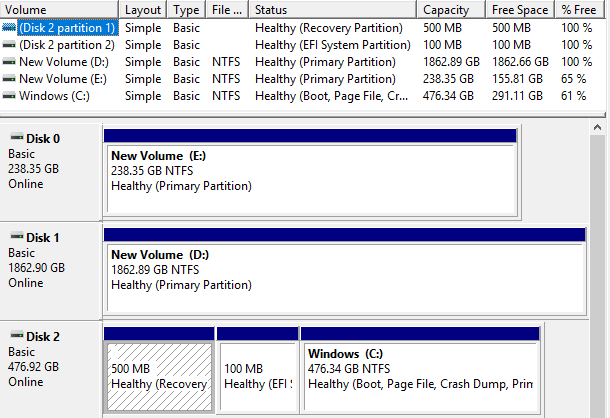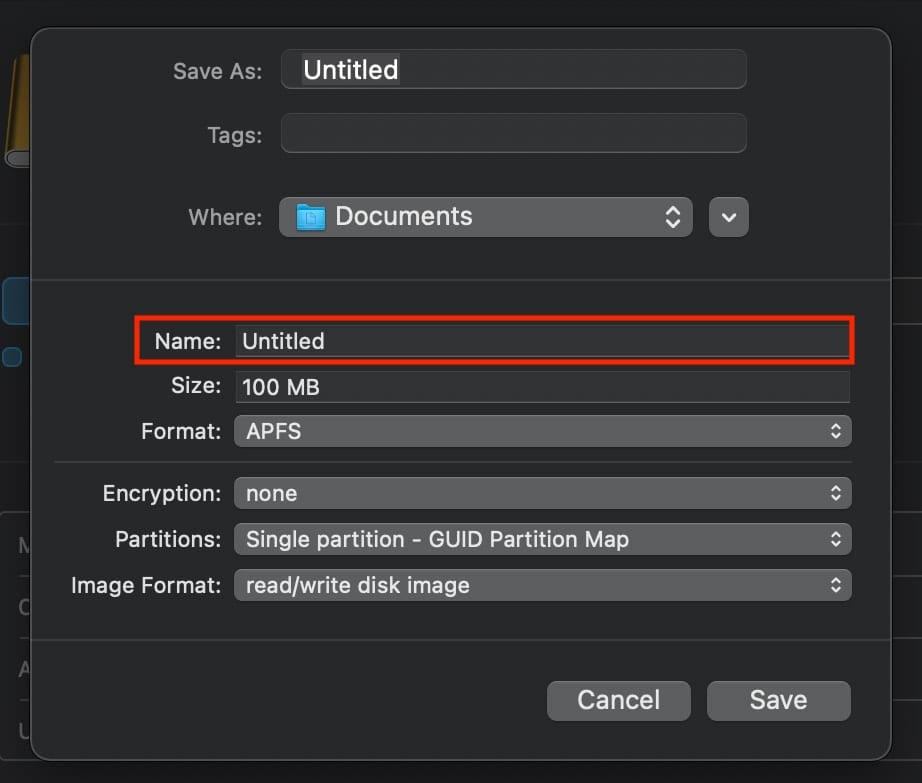

Once you have every option how you want it, click “Start” to begin the formatting process. Unchecking “Quick Format” makes Windows check the disk sector-by-sector with a low-level format that takes much longer, but it will also wipe all traces of any old data completely. The data is still on the drive but all references to it are lost, so it will be overwritten as you use the newly formatted drive. Mac users can mount and read NTFS formatted Windows drives, making NTFS compatible with the Mac on the reading and mounting front, but writing to an NTFS drive requires using either third party software or enabling NTFS write support on the Mac using an experimental functionality bundled on the Mac.

Volume Label: This is the drive name that will appear when you see your formatted drive in File Explorer.Generally, you never need to modify this setting, so use the default allocation unit size that appears (usually 4096 bytes for NTFS) when you select the file system you want. Allocation Unit Size: This is the basic block size used by the file system when you format your drive.If you want the drive to be readable and writable on a Mac as well, choose exFAT. In general, you’ll want to select NTFS if the drive will only be used with Windows. Depending on the drive’s size, your options will be FAT, FAT32, NTFS, or exFAT. File System: A file system is a data structure that tells an operating system how to save and load files to or from a disk.

Formatting takes up some of the raw disk space because of how file systems work. Capacity: This will be the data capacity of your hard drive or SSD once it is formatted.


 0 kommentar(er)
0 kommentar(er)
